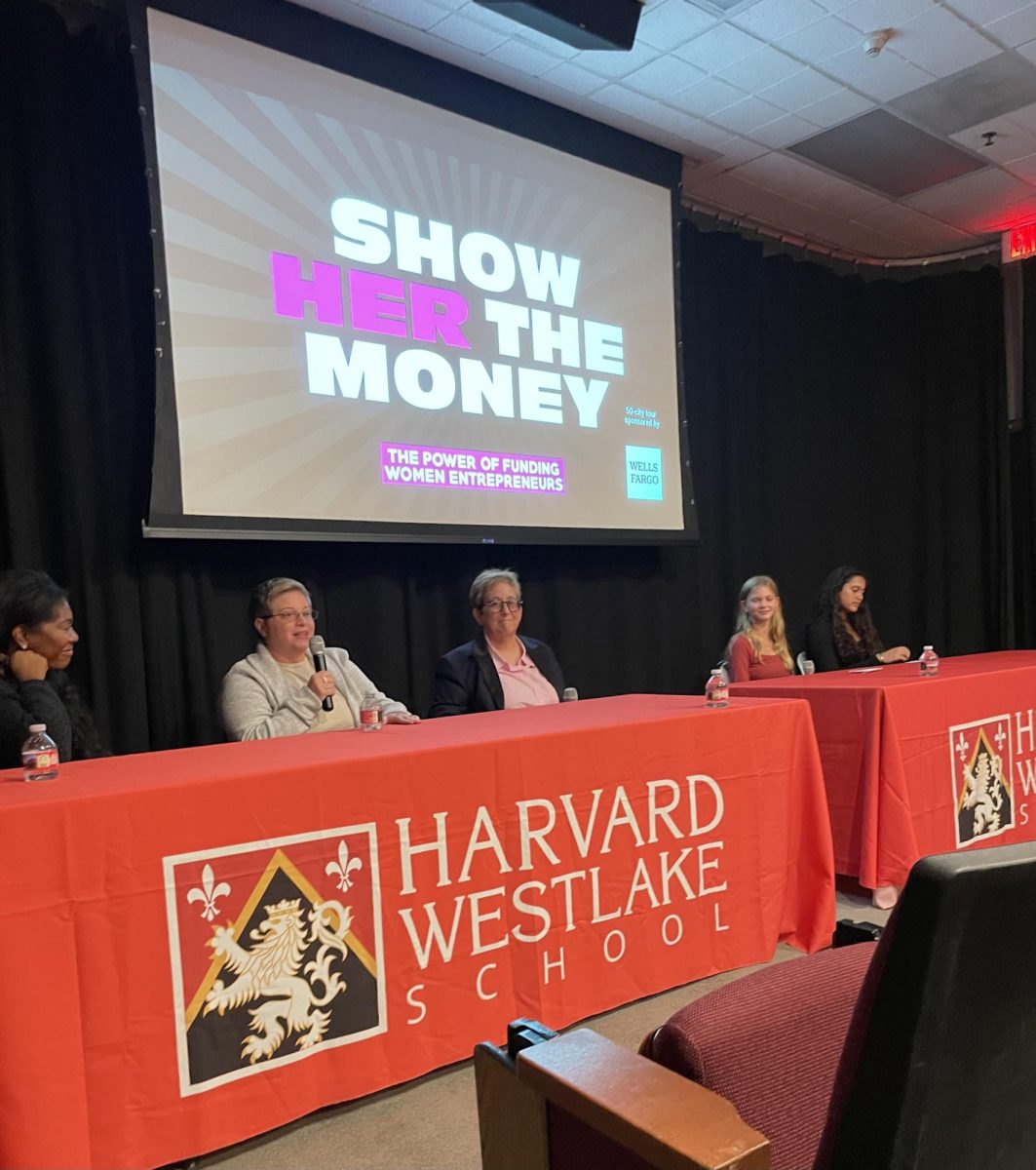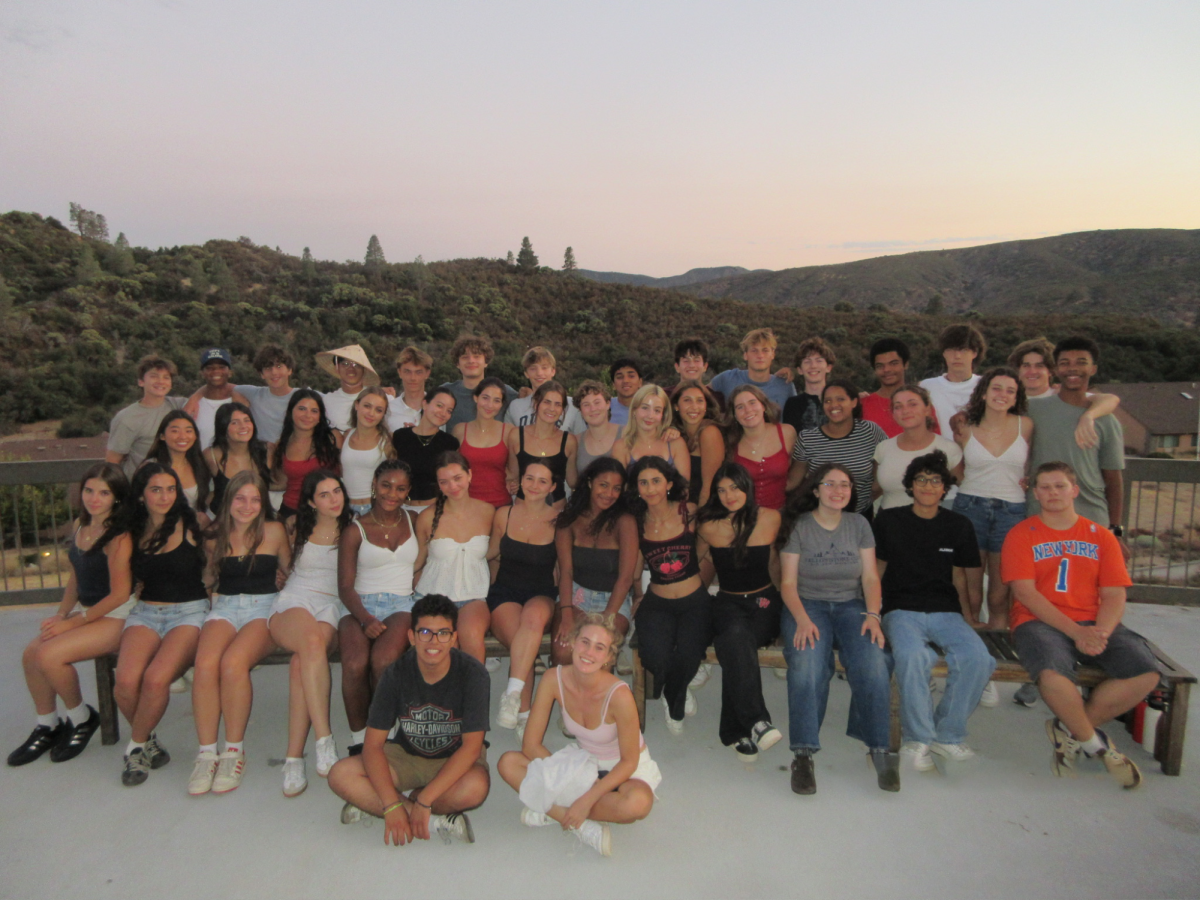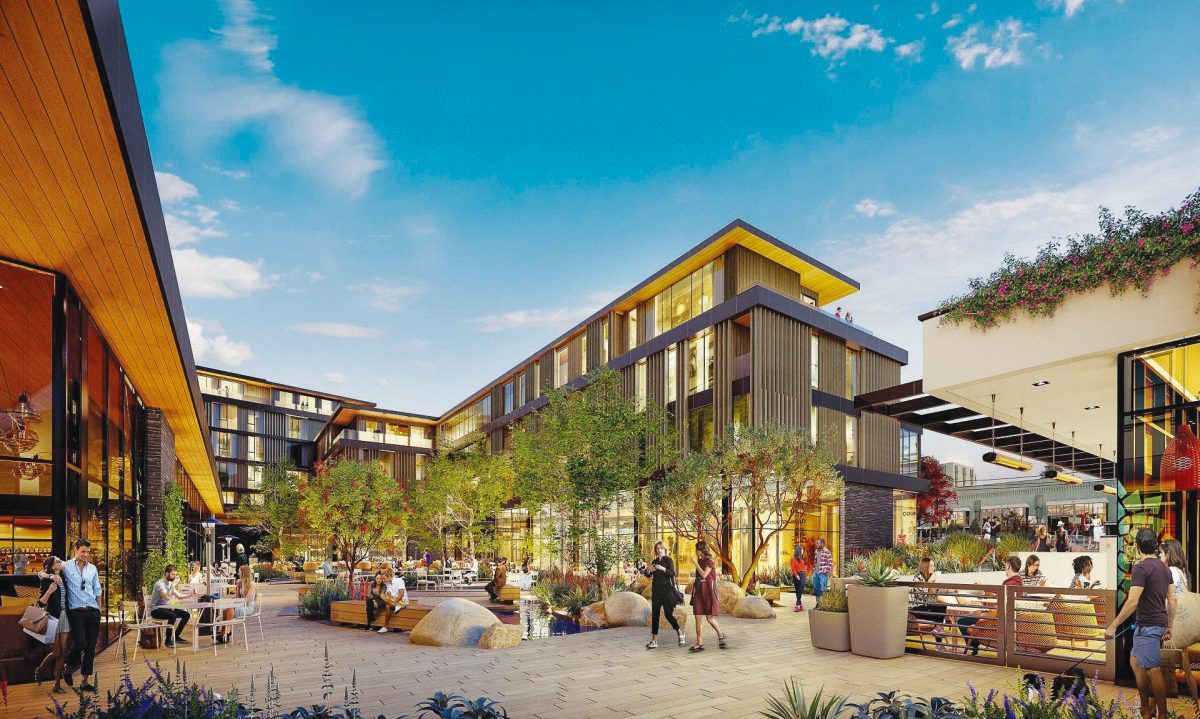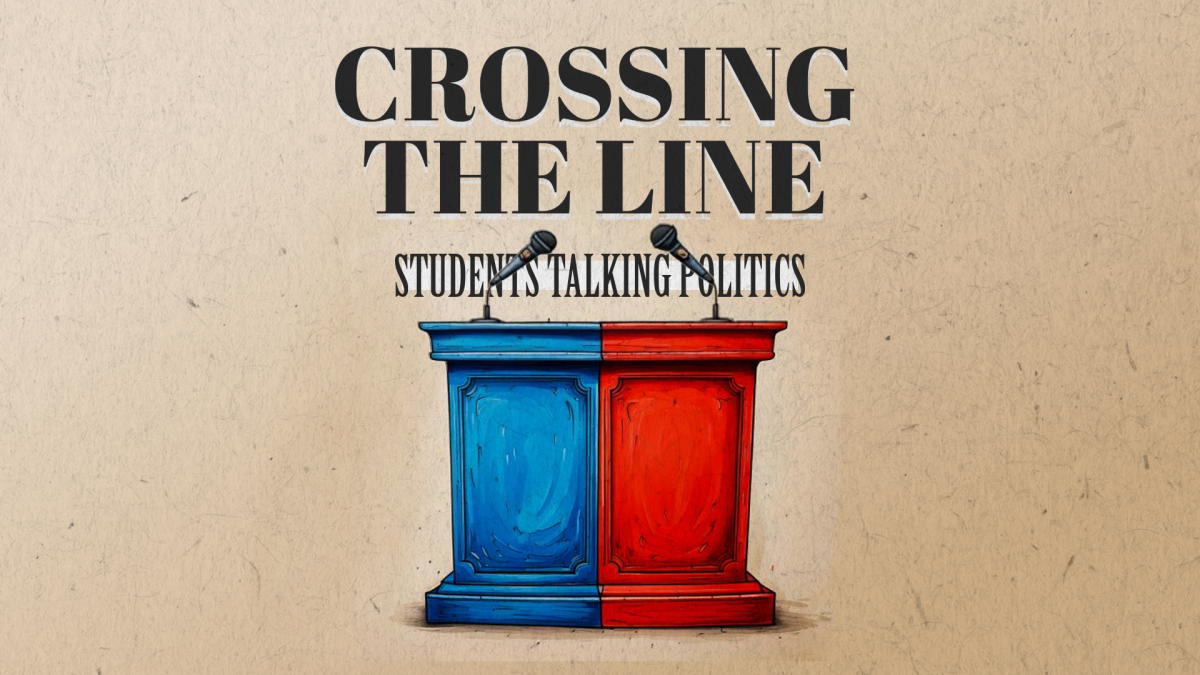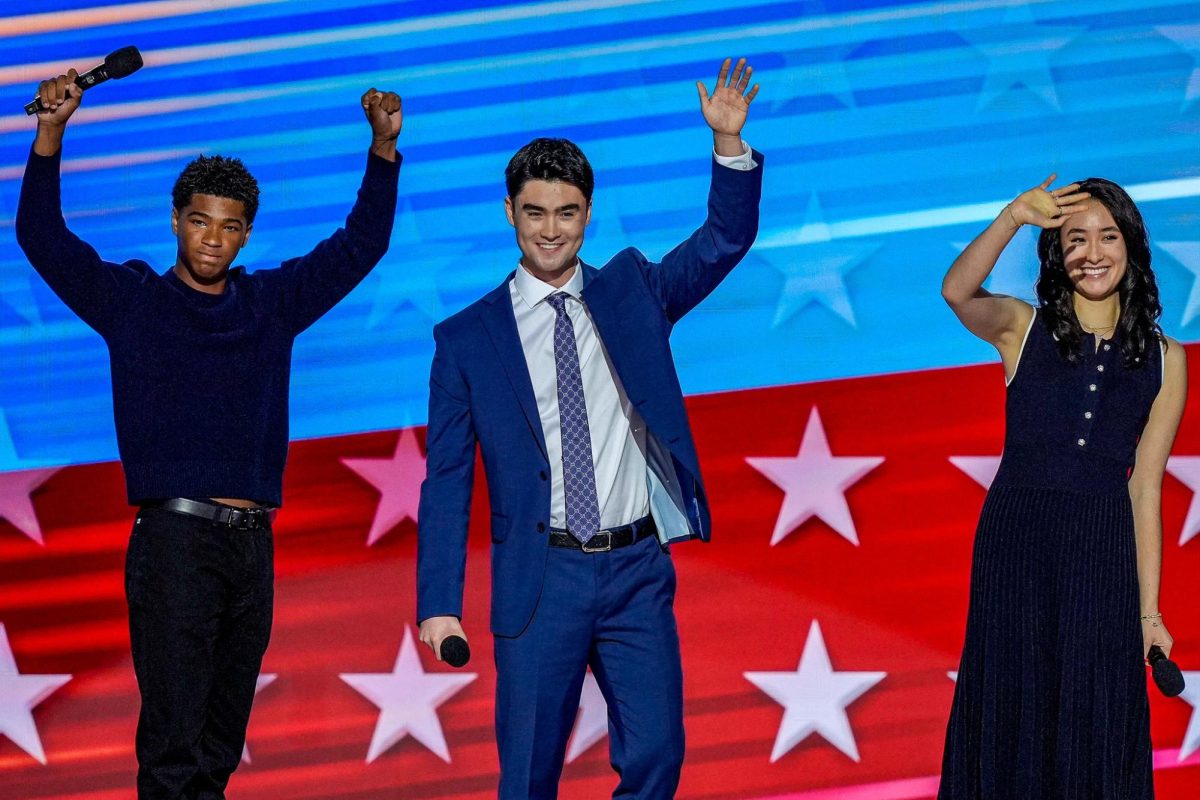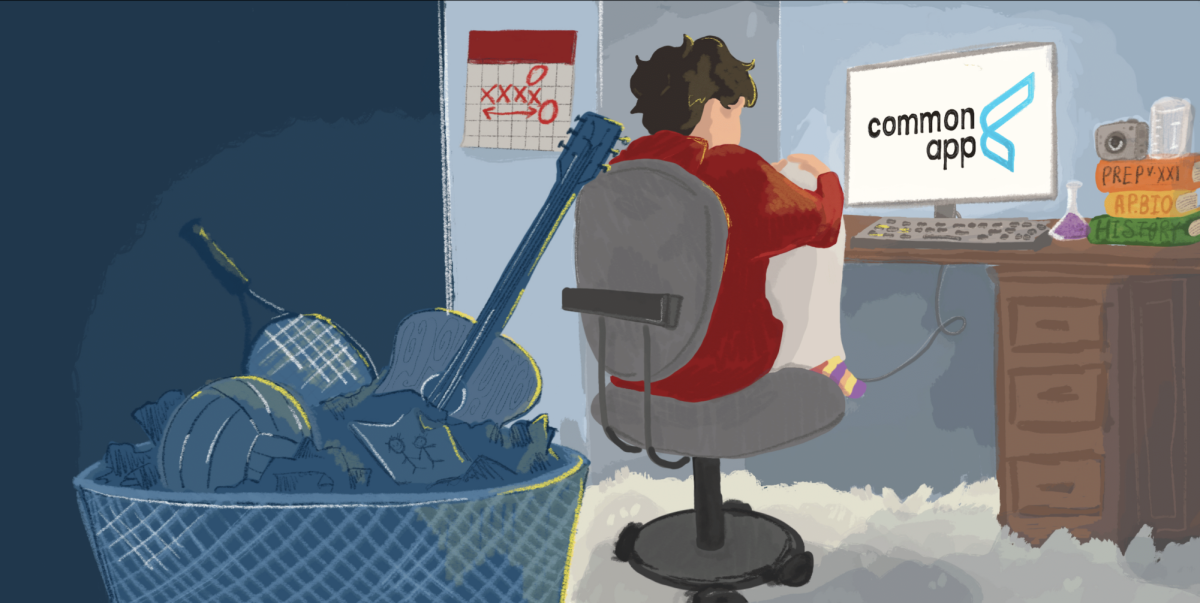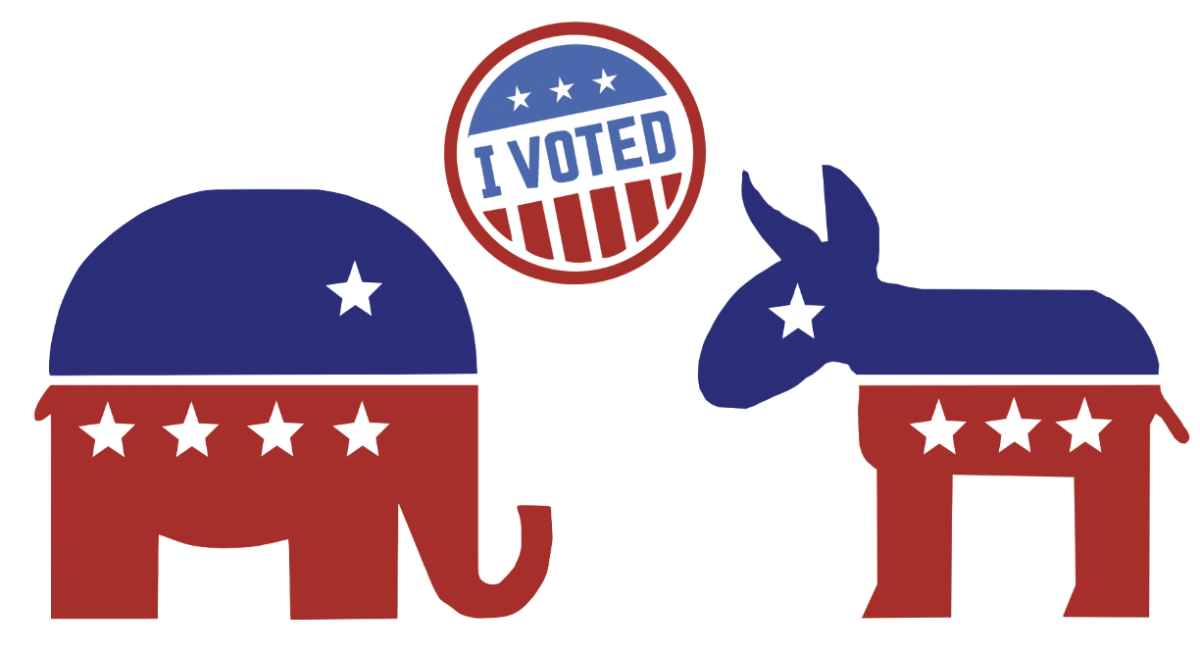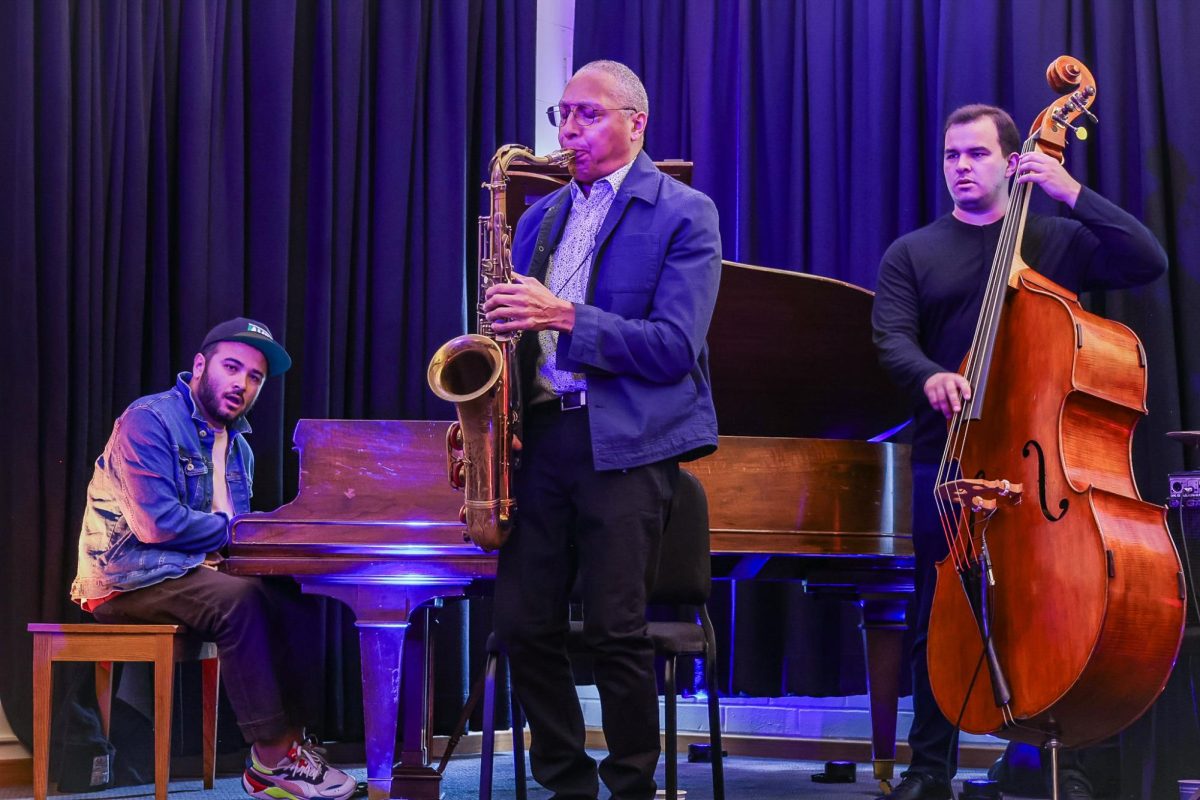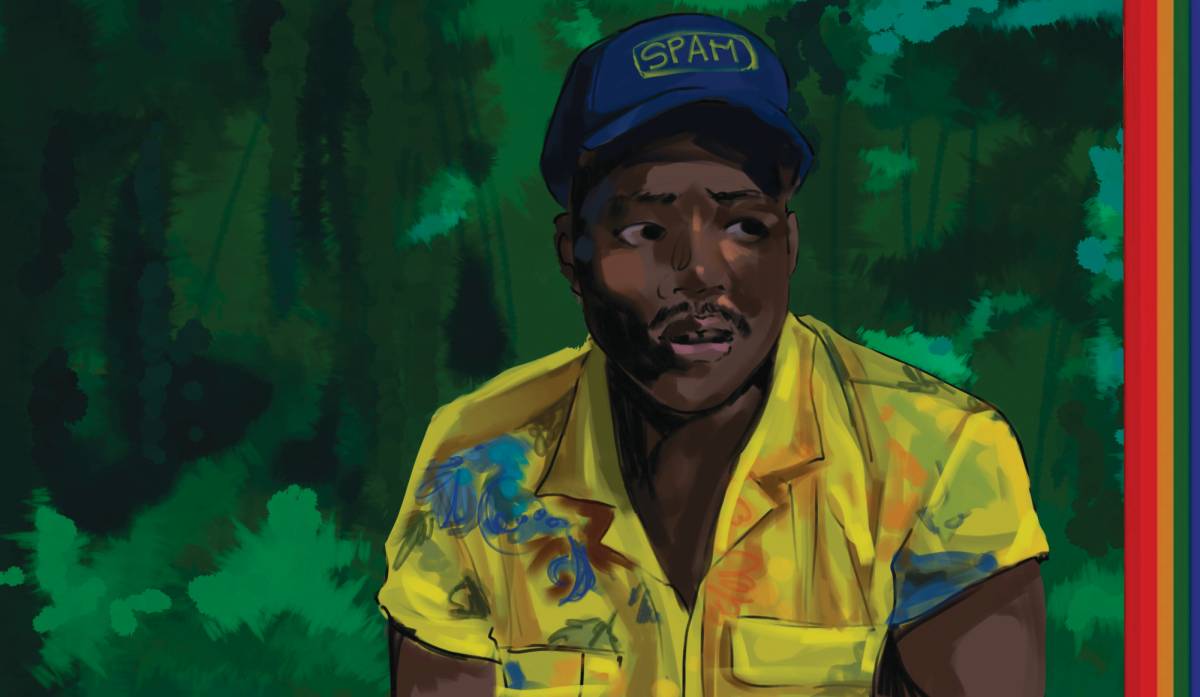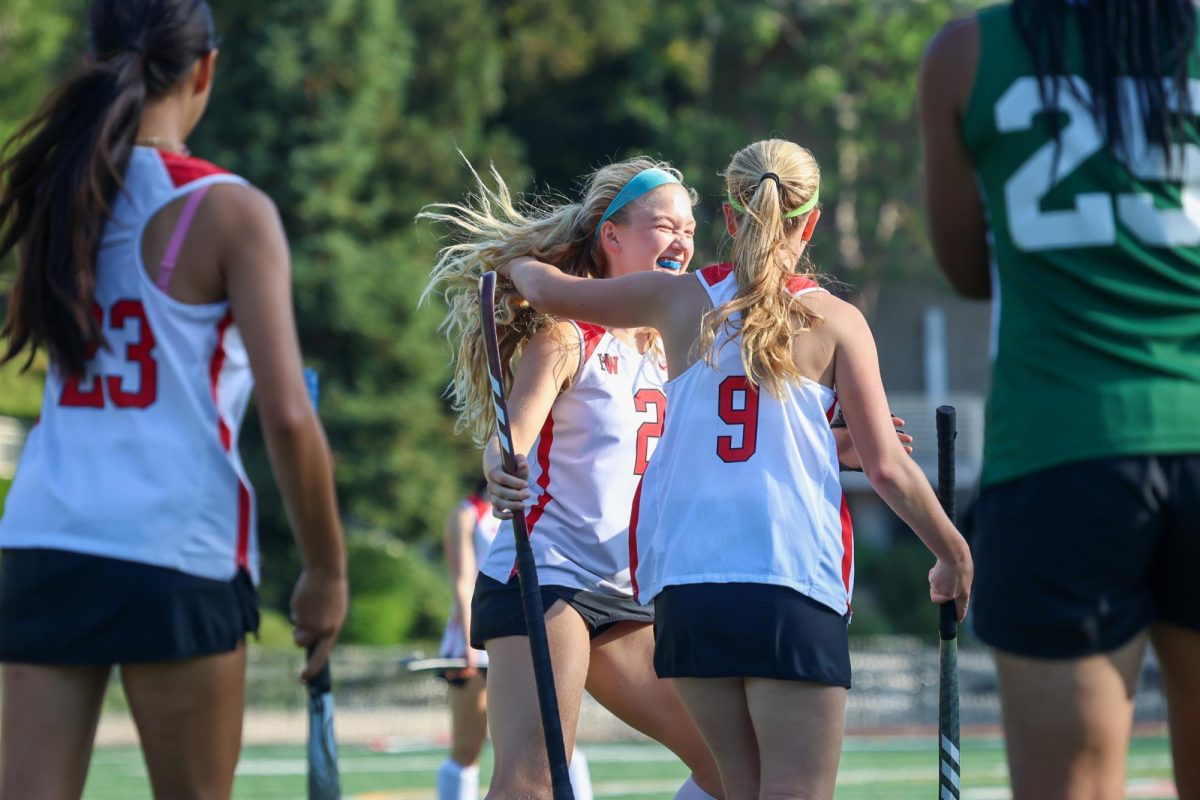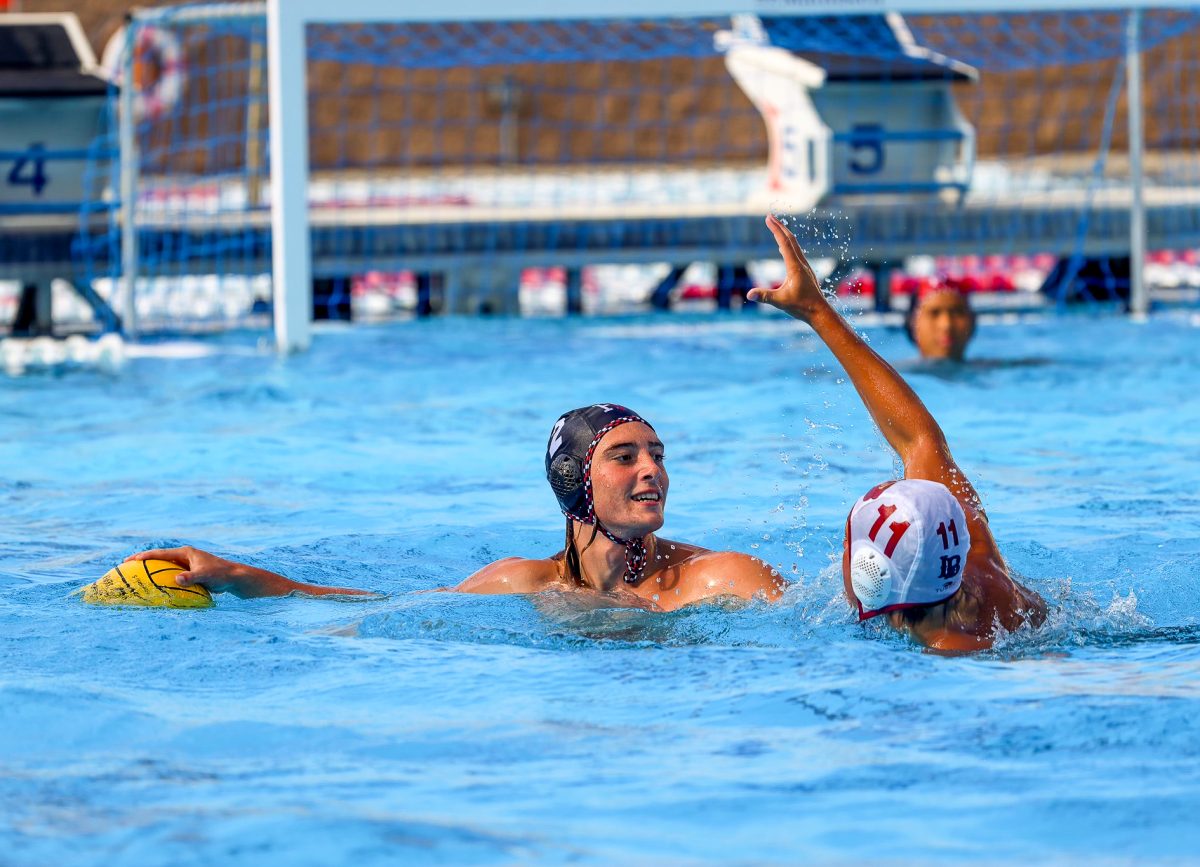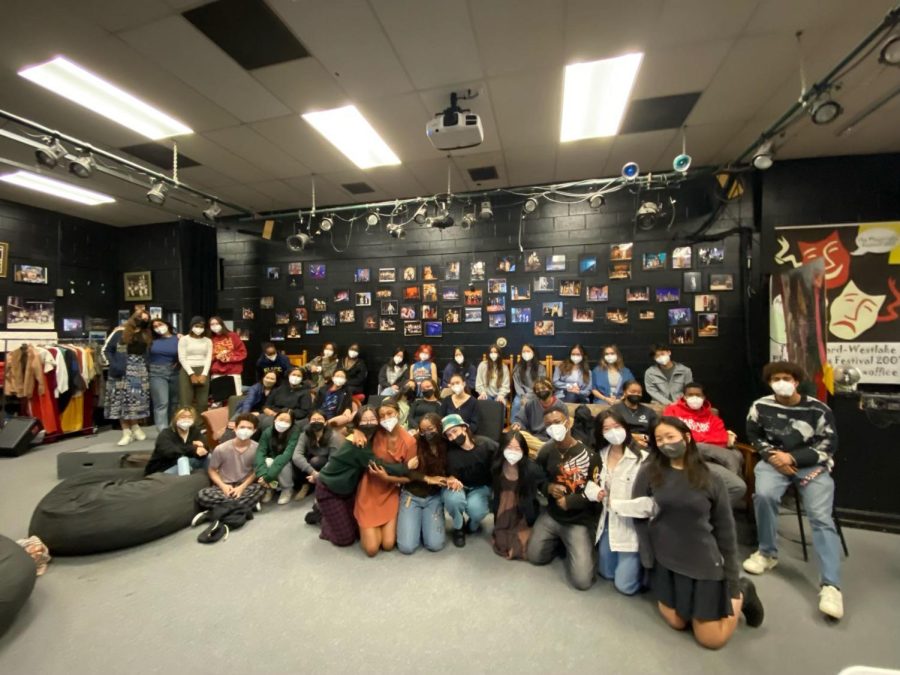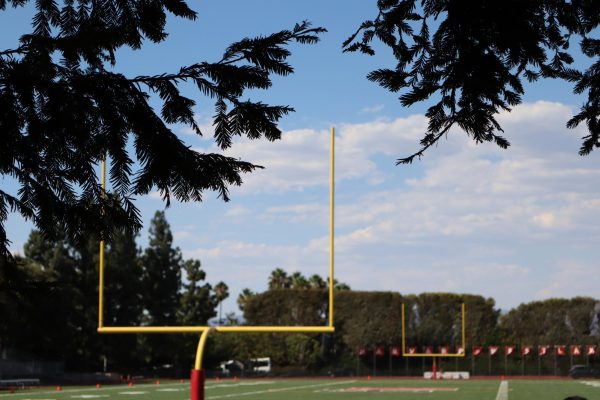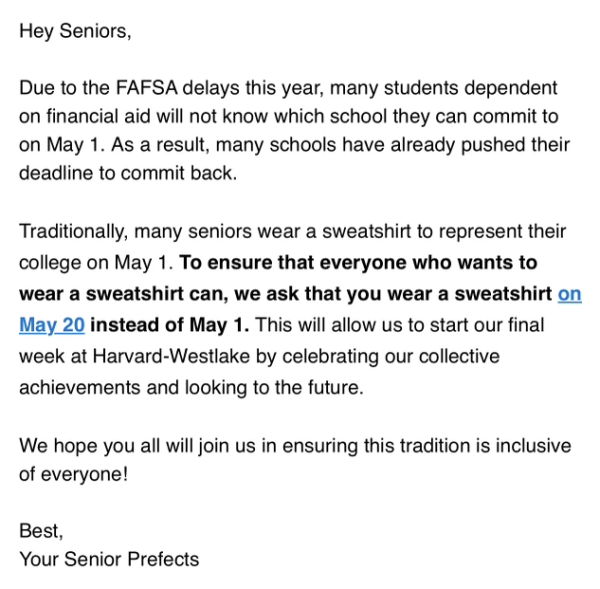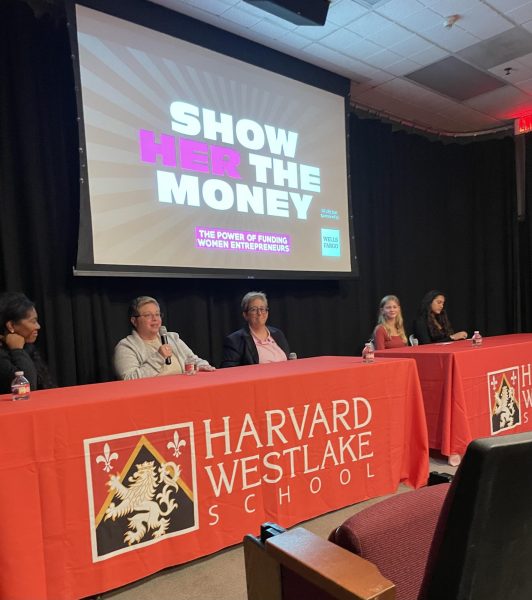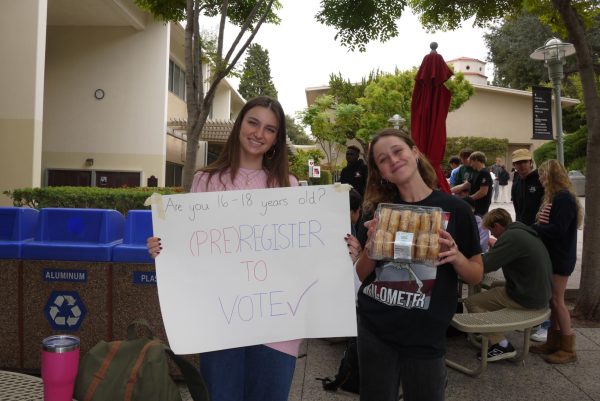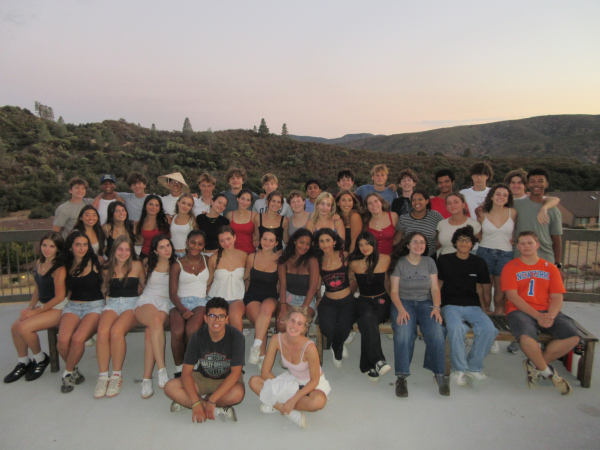BLACC and ASiA hold crossover event
Printed with permission of Julia Im
Members of Black Leadership Awareness and Culture Club (BLACC) and ASiA (Asian Students in Action) pose after their discussion of cultural appropriation in the Drama Lab.
The Black Leadership Awareness and Culture Club (BLACC) and Asian Students in Action (ASiA) hosted a crossover event to discuss cultural appropriation Jan. 24.
The meeting took place after school in the Drama Lab. ASiA leader Julia Im ’23 said attendees engaged with one another and felt comfortable describing personal experiences around cultural appropriation.
“Despite differing aspects of Asian and Black culture, the discussion was still able to progress as a result of the empathy and support systems that both clubs’ members provided for the discussion,” Im said. “Meeting another club for the first time and immediately jumping into an emotional and heavy discussion topic didn’t stop members from connecting with each other through personal anecdotes.”
BLACC leader Ash Wright ’22 said the event demonstrated the importance of school affinity groups working together. She said she hopes the school’s cultural groups join together for more collaborative meetings in the future.
“I feel like affinity groups don’t quite engage as often as we wish to outside of group leaders who are involved in [Student Leaders for Inclusion, Diversity and Equity], so it was really nice to hold space for our groups to talk about a common issue that’s incredibly prevalent within both of our communities,” Wright said. “As we wanted to talk about cultural appropriation, we stressed that the discussion was to talk more about how cultural appropriation and racism as a whole are intentionally divisive to separate communities of color.”
ASiA leader Avery Kim ’23 said she enjoyed how the discussion allowed Black and Asian students to find common ground on an important issue while also understanding their different points of view.
“I think it was a really powerful meeting because I think it was interesting to see both of the affinity groups come together to talk about one cause that we can empathize with each other [about],” Kim said. “I think I was also excited to see how [attendees] are looking at cultural appropriation through their own eyes and to understand how different that is from my own and from the ASiA leaders’ [viewpoints]. We compared and contrasted, and we built a bigger sphere of understanding.”

